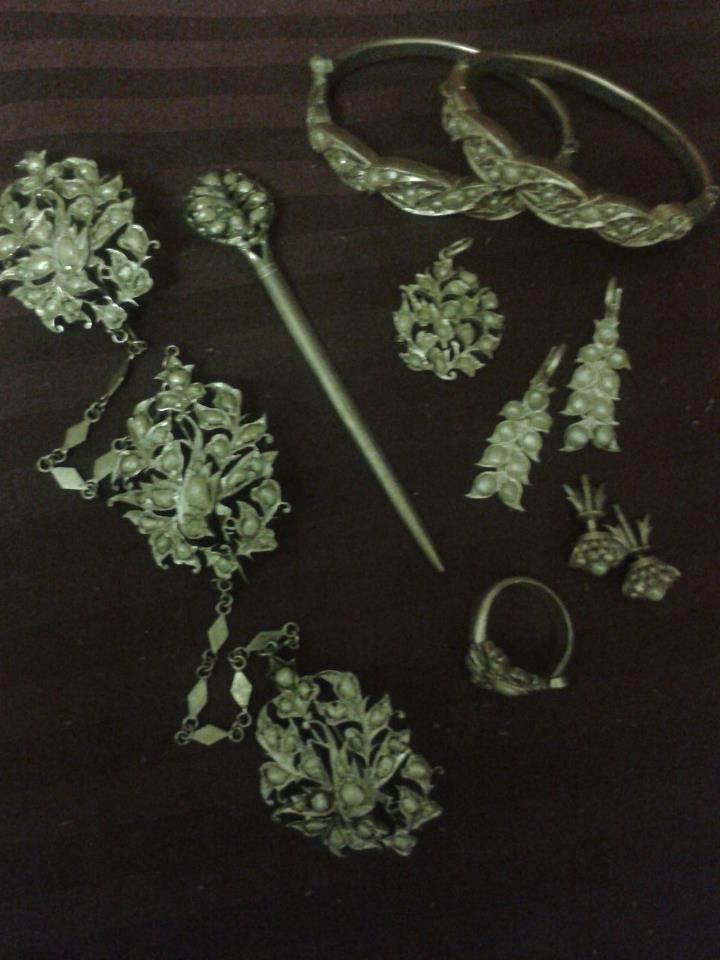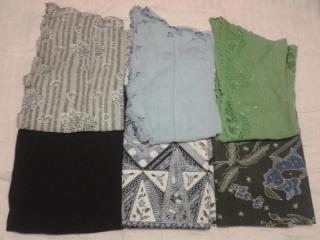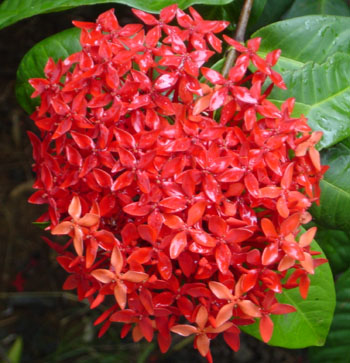Peranakans In Mourning
1Peranakans in Mourning by Norman Cho
The three most important events in one’s life is thought to be Birth, Marriage and Death. They are seminal. Therefore, the Chinese conceived special rites and rituals associated with each of these occasions.
Traditionally, when death occurred in a Peranakan home, white masking tapes would mark an “X” over the jee-hoe(family plaque) that was hung above the main door as a sign that the residence was in mourning. The main door and the front windows were similarly demarcated. All mirrors in the house were either covered with white cloths or be “X” over with white masking tapes. This was done to prevent deflecting the soul of the recently deceased. If two deaths occurred in a family consecutively, mourning favoured the latest death.
If the deceased had his funeral done away from his own home then a chye kee (red banner/bunting) must be hung at the main door of the residence that hosted the wake. This was to show that nobody from that house had died.
The full duration of the mourning period was three years. This is known as tua-har berat (heavy mourning). It is divided into stages. For the first 100 days, the mourners would wear traditional Chinese mourning garb that was made from belachu (sackcloth material). The womenfolk who would normally don the chignon had to let down their hair as an expression of grieve. The subsequent one year, the mourners would wear fully black baju and sarong (nyonya attire). The nyonya would start doing her chignon during the “black” mourning stage. The following stages would be one year of chit-itam (black-white combination), then six months biru (blue) and the final six months of ijoh (green). Interestingly, each stage is not customarily carried through to the full term for each stage. The mourners would perhaps mourn only 90 days out of the 100 days or 11 months out of the one year.
During the various stages of mourning, the nyonyas would adorn themselves with pearl mourning jewellery set in silver. The whiteness of pearl and silver was thought to be apt for mourning. In the Victorian west, pearl mourning jewellery was also very popular and the pearls signified droplets of tears. It was little wonder that the nyonyas who were under British adopted the same practice. Such pearl jewellery was not only worn by the mourners but also interned with the deceased. It was known that some living nyonyas would commission replicas of their favourite gold diamond jewellery in silver and pearl, to be worn when they depart.
The working male normally wore traditional sackcloth mourning attire till the body was interned. Then, they would switch to wearing a small square patch (made from sackcloth) on the shirt sleeve for 100 days. If the deceased was male, the patch would be worn on the left arm. However, if the deceased was female, the patch would be worn on the right. Subsequently, they would wear a black arm-band for one year, in accordance with the western practice.
When the nyonyas buang/bukak/lepas tua-har (terminates her mourning), she would signify this by wearing bright coloured attire such as red and insert bunga siantan (ixora) onto her chignon. The end of mourning is marked by a definitive splash of colour.




Comments
Trackbacks
Check out what others are saying about this post.[…] And in turn, they helped spread these ideas to the places of their birth. Some of them became Peranakans, marrying Malay women. Some of them aspired to have Sikh guards, as represented by the stone […]